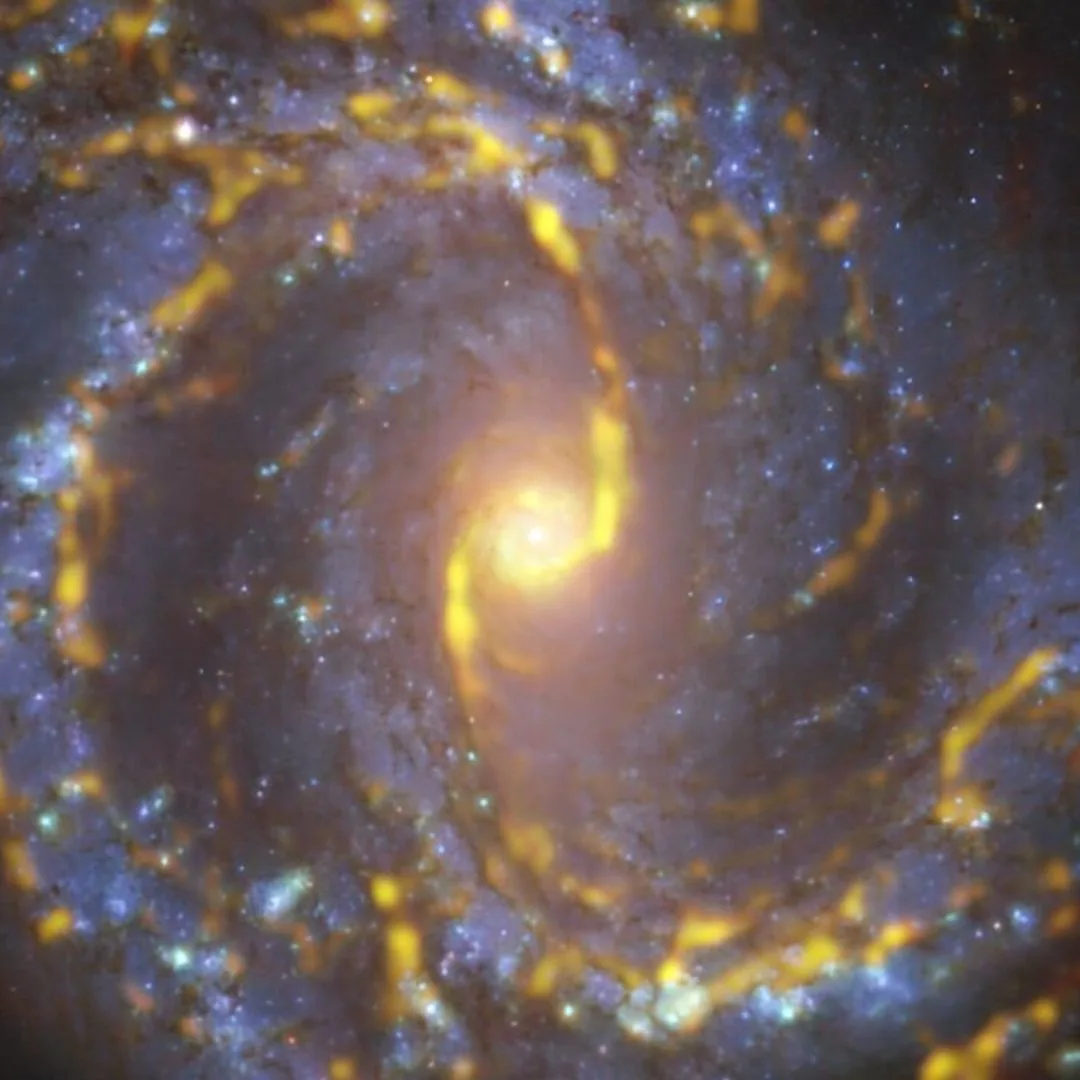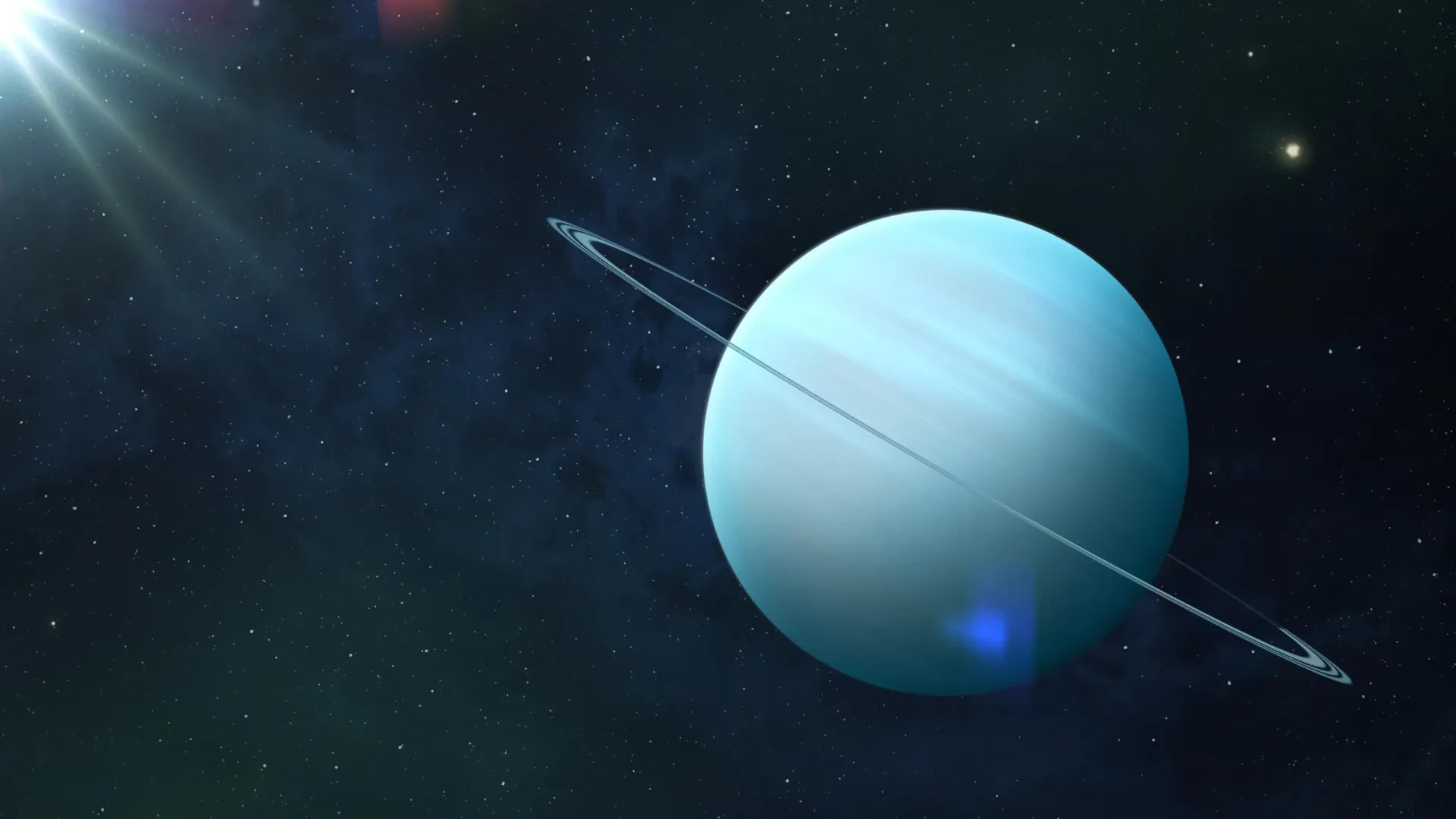The Hubble Space Telescope has released a stunning new image of NGC 6000, a spiral galaxy 102 million light-years away, revealing a mix of young blue stars and old gold stars. The image also contains faint supernova remnants and the rare streaks of a foreground asteroid.

October 8, 2025

Source:
Space
A Tale of Old and New Stars
The Hubble Space Telescope has captured a striking image of NGC 6000, a barred spiral galaxy located approximately 102 million light-years away in the constellation Scorpius. The image, released by ESA/Hubble & NASA, showcases a vivid contrast between the galaxy's different stellar populations.
Golden Core, Blue Arms
The heart of NGC 6000 glows with a golden hue, a region dominated by older, cooler stars. In stark contrast, its sprawling spiral arms are painted in brilliant shades of blue, indicating the presence of young, hot, and massive newborn stars. This clear separation of stellar ages helps astronomers reconstruct the galaxy's entire star formation history.
According to scientific analysis, these color gradients provide a roadmap to understanding the mechanics of barred spiral galaxies and how they evolve over cosmic timescales.
Keep up with the story. Subscribe to the PR+ free daily newsletter

Source:
Space
Echoes of Stellar Explosions
Hubble's observation of NGC 6000 was part of a targeted survey to investigate the sites of recent supernovae. This galaxy is known to have hosted at least two such events: SN 2007ch and SN 2010as.
Faint Remnants Reveal Clues
Using its highly sensitive detectors, Hubble can peer into the aftermath of these cosmic explosions. The telescope is able to detect the faint, lingering glow of supernova remnants years after the initial blast.
This data is invaluable for scientists. It provides critical clues about the types of stars that explode and whether they had companion stars, deepening our understanding of stellar life cycles and death, as detailed in the official image release.
Read More

Source:
ScienceDaily
Share this news:




















